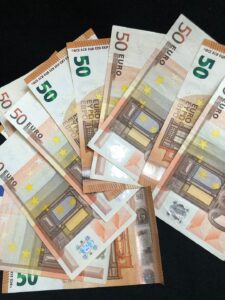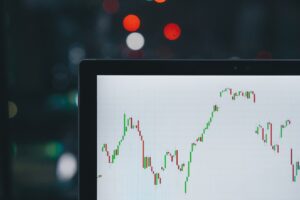Using Python for Forex Data Analysis and Visualization
Forex trading involves the buying and selling of currencies with the aim of making a profit from the fluctuations in their exchange rates. Traders rely on various tools and techniques to analyze and interpret the vast amounts of data available in the forex market. Python, a popular programming language, has become increasingly popular among forex traders due to its simplicity, versatility, and powerful data analysis and visualization capabilities. In this article, we will explore how Python can be utilized for forex data analysis and visualization.
Python offers a wide range of libraries and packages that facilitate data analysis and visualization. One of the most commonly used libraries for data analysis is Pandas. Pandas provides data structures and functions to efficiently manipulate and analyze structured data, such as time series data commonly found in forex trading.
To start analyzing forex data using Python, we first need to import the necessary libraries. This can be done by installing the required libraries using pip, a package manager for Python, and then importing them into our script. The following code snippet demonstrates how to import Pandas and other required libraries:
“`python
import pandas as pd
import matplotlib.pyplot as plt
“`
Once the necessary libraries are imported, we can start loading and analyzing forex data. Forex data is usually available in the form of CSV (Comma-Separated Values) files, which can be easily read into Pandas using the `read_csv()` function. The following code snippet demonstrates how to load forex data from a CSV file:
“`python
data = pd.read_csv(‘forex_data.csv’)
“`
After loading the data, we can perform various operations on it. For example, we can calculate the moving average of a currency pair’s exchange rate using the `rolling()` function provided by Pandas. The following code snippet demonstrates how to calculate the 50-day moving average for a currency pair:
“`python
data[‘moving_average’] = data[‘exchange_rate’].rolling(window=50).mean()
“`
Once we have performed the desired data analysis, we can visualize the results using Python’s data visualization libraries. One of the most commonly used libraries for data visualization is Matplotlib. Matplotlib provides a wide range of functions and options to create various types of plots, such as line plots, bar plots, and scatter plots.
To create a line plot of the moving average calculated in the previous step, we can use the `plot()` function provided by Matplotlib. The following code snippet demonstrates how to create a line plot of the moving average:
“`python
plt.plot(data[‘date’], data[‘moving_average’])
plt.xlabel(‘Date’)
plt.ylabel(‘Moving Average’)
plt.title(’50-day Moving Average of Currency Pair’)
plt.show()
“`
In addition to Matplotlib, Python also offers other powerful data visualization libraries, such as Seaborn and Plotly. These libraries provide additional functionality and options for creating visually appealing and interactive plots.
Apart from data analysis and visualization, Python can also be used for other forex-related tasks, such as backtesting trading strategies and implementing trading algorithms. Python’s simplicity and versatility make it an ideal choice for such tasks, as it allows traders to easily perform complex calculations and execute trades based on predefined conditions.
In conclusion, Python is a powerful tool for forex data analysis and visualization. Its extensive libraries, such as Pandas and Matplotlib, provide traders with the necessary tools to efficiently analyze and interpret forex data. By using Python, traders can gain valuable insights from the vast amounts of data available in the forex market, thereby enhancing their trading strategies and decision-making processes.





